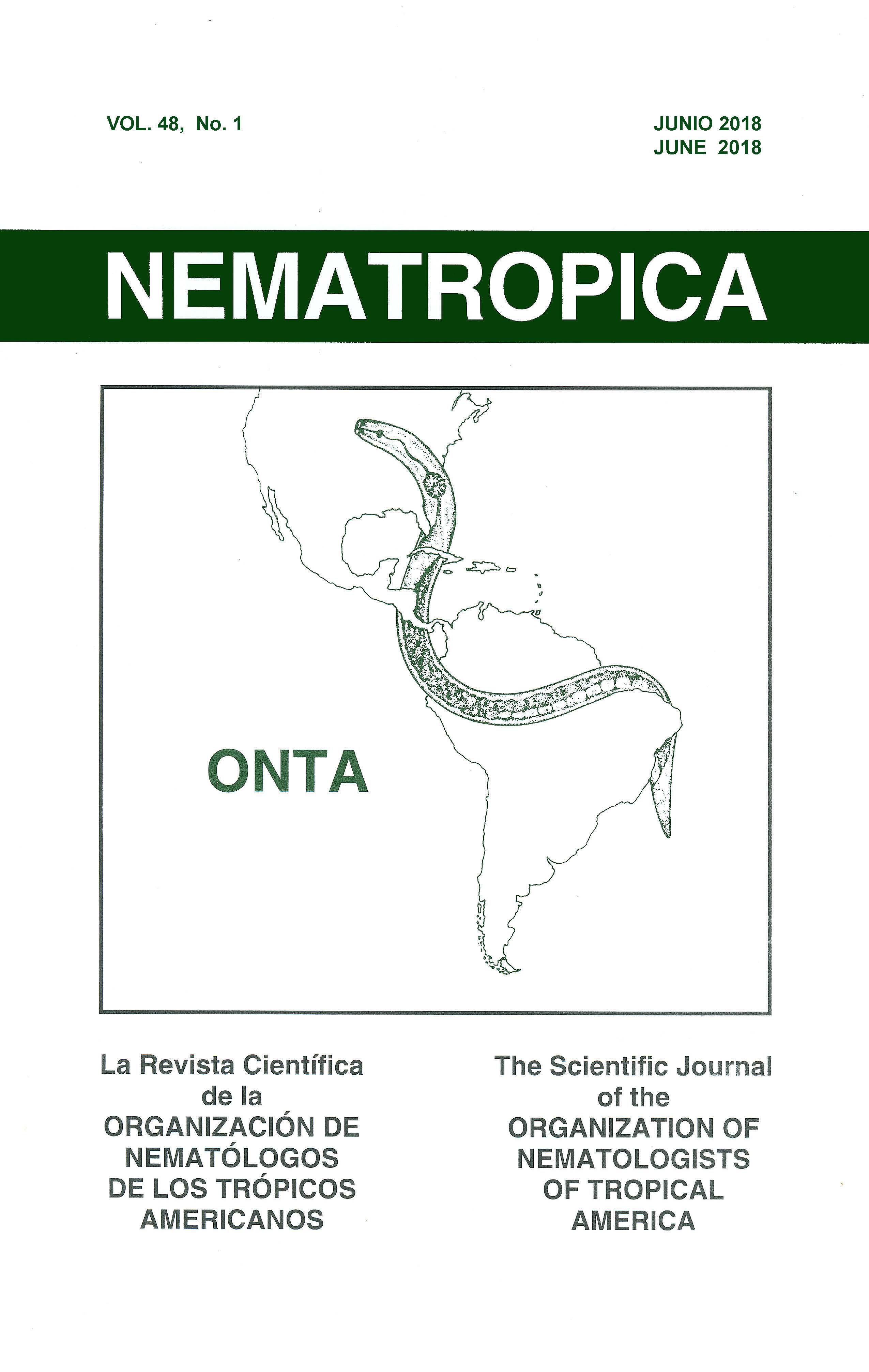EFFECTS OF SUNN HEMP FOLIAGE AND MACADAMIA NUT HUSKS ON PLANT-PARASITIC AND BENEFICIAL NEMATODES
Keywords:
Crotalaria juncea, Macadamia integrifolia, Meloidogyne, Radopholus similisAbstract
Sunn hemp, Crotalaria juncea, foliage (SH) has been documented as a soil amending material for controlling multiple plant-parasitic nematodes such as root-knot nematodes, Meloidogyne spp., and burrowing nematode, Radopholus similis, and enhancing beneficial free-living nematodes. In Hawaiʻi the macadamia nut, Macadamia integrifolia, husk (MN) as a mulch and soil amending material is used in areas with macadamia orchards. MN compost improves soil health in sub-tropical horticulture by increasing microbial activity, water holding capacity, pH, carbon, and nitrogen. SH and MN amendments were compared to non-amended soil (CC) to determine effects on Meloidogyne, R. similis, and beneficial nematodes through two laboratory experiments. In both experiments, banana orchard soil infested with R. similis and Meloidogyne were sampled. In both experiments, SH consistently showed the highest number of beneficial nematodes (P˂0.05) and the lowest populations of R. similis. The effects of SH on Meloidogyne were not observed in Experiment-I. However, in Experiment-II, no Meloidogyne were found in SH. Compared to CC and SH, MN did not increase beneficial nematode numbers (P˃0.05), nor reduce R. similis and Meloidogyne populations (P ˃ 0.05). Researchers and Hawaiian farms should compare the effects of SH and MN on Meloidogyne and R. similis and beneficial nematodes under field conditions.

